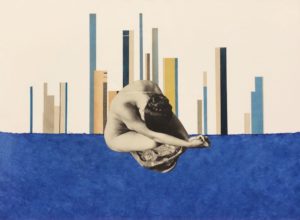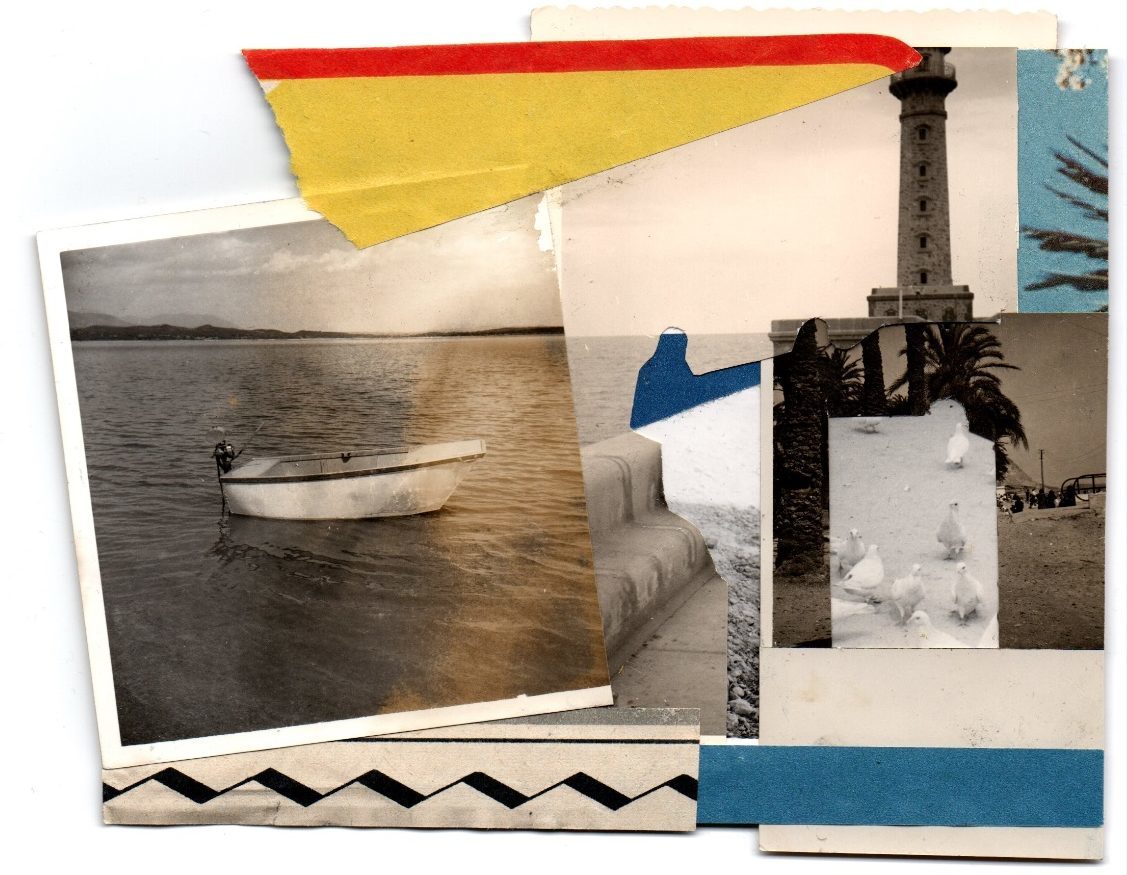Carmen Alvar
Madrid, 1989

The fascination for the found object, and the possibility of giving it new life has been one of the guiding threads of Carmen Alvar’s career. Since 2012, that attraction has translated into research projects, the doctoral thesis Arqueología del objeto encontrado (Archaeology of the Found Object) and membership in the La Recortada collective.
Collage is her main means of expression. This technique allows her to reinterpret and give new meanings to found images. Carmen Alvar’s collages talk about memory and identity, about a past that looks to the future; a past that is sometimes violent but that is always treated using a poetic and suggestive language, without losing the harshness of some of its themes.
The proposal she presents is inspired by the Russian avant-garde ─especially suprematism and constructivism─ from which she draws, not only her emblematic aesthetics, but also some of her themes and commitments. Her work is structured around issues raised by some of the main representatives of these movements, such as the use of the neutral images of Dziga Vertov’s “cine-eye”, Aleksandr Rodchenko’s photography, Valentina Kulagina’s compositions and, of course, Kazimir Malevich’s use of flat colors and simple geometries.
She has also experimented with three-dimensionality, using the intersection of different planes to create suggestive sculptures, closely linked to the aesthetics of her referents and the rest of her production, and picking up on El Lissitzky’s ambition to integrate sculpture into the two-dimensional work.

















